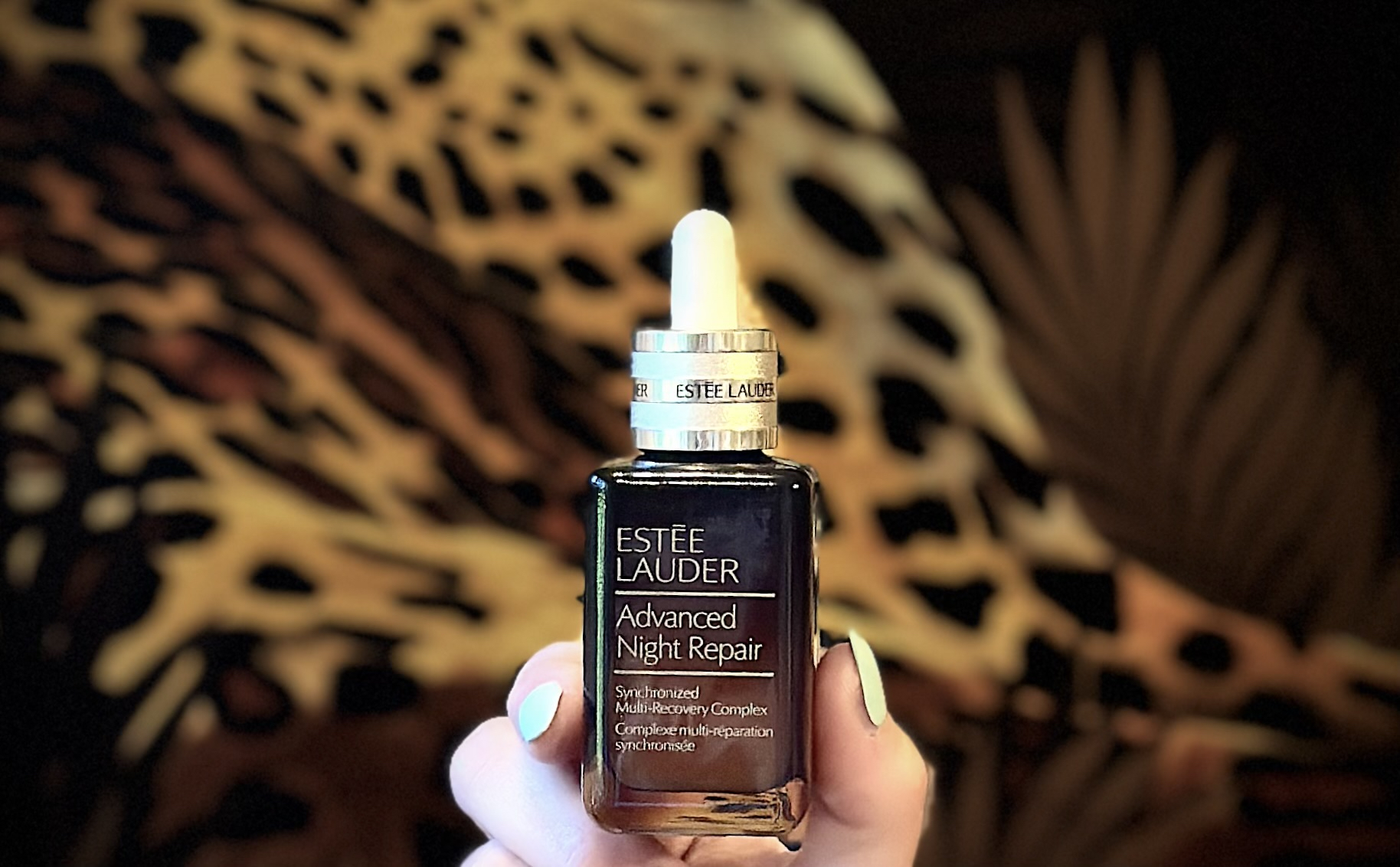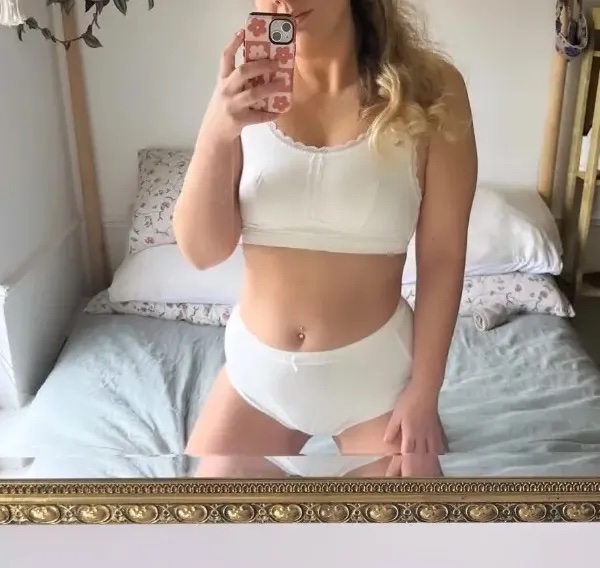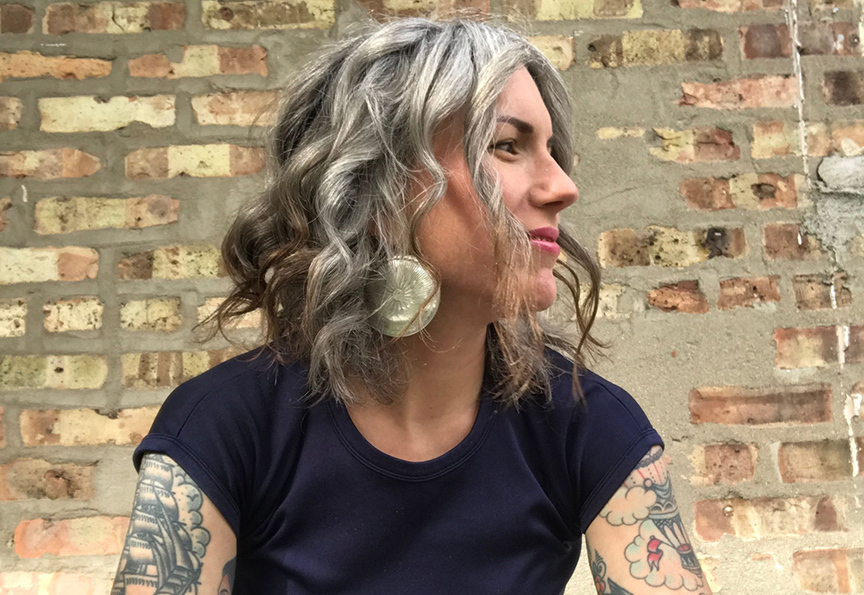
Grey’s Anatomy: The politics, science, and art of growing grey
“Like so many, I stopped dying my hair at the beginning of the pandemic. Not by choice at first,” said Christine Wolf, 43, a motion picture editor (above). “But once I realized how much grey hair I had, I thought I would give it a go.”
Thus began one of the biggest beauty trends over the past three years — a move toward natural hair color, and for those of us in our 40s and older, that means grey.
“When Covid hit and we were in lockdown, I decided that was the time to go all out,” shared Mia Beckman, 51, jewelry designer, metalsmith, and mother. “I can’t believe the number of women that stop and compliment me and say that they wish they were ‘brave’ enough to go grey, too.”
“Bravery” may seem like an odd word choice for natural hair color. But many of us know by now that any visible (or internal) change to our bodies, especially when it comes to aging, is a potential commodity, headline or social statement.
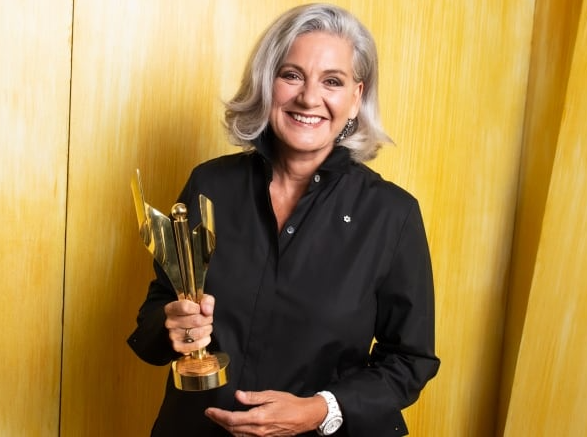
The politics of going grey
In late August, news hit the waves that Canadian award-winning TV anchor, Lisa LaFlemme, reportedly lost her 35-year tenure at CTV, under Bell Media, because she stopped dying her hair. The public quickly condemned the media empire for sexism, discrimination — and most notably, ageism — for going grey.
The unbalanced response to women “transitioning” versus men is a tale as old as time: George Clooney is a silver fox, while Sarah Jessica Parker is a tabloid headline. Former Prime Minister Kim Campbell responded that Bell Media, who fired LaFlemme, “confirmed one sad truth: Even after all the progress women have made, they continue to face sexism and ageism at work every day” (nytimes.com).
The public responded. Social media had an uproar. And an open letter, signed by a who’s who of Canadian arts, business and politics stated that LaFlamme was a ratings leader for the company “until one thing changed: the colour of her hair” (torontosun.com). Brands quickly followed suit.
Dove, longtime marketing champion for women’s inclusivity in the beauty industry, responded with their newsworthy #KeepTheGrey campaign on August 21, stating on Instagram: “Aging is beautiful. We should all be able to do it on our own terms and without any consequences.”
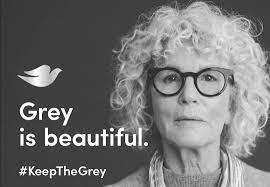
The social campaign encouraged supporters to change their profile photos to grayscale and include the hashtag #KeepTheGrey to stand against ageism and sexism in the workplace. Dove changed their Instagram logo from gold to grey, and donated $100,000 to Catalyst, a Canadian non-profit that helps build inclusive workplaces for women.
Of course, the question of social advocacy vs. marketing incentive must be debated. Even if Dove and their ad agency Edelman had the very best of intentions, the marketing scheme is undeniable — making a buck off of aging women continues, even under the guise of a hashtag.
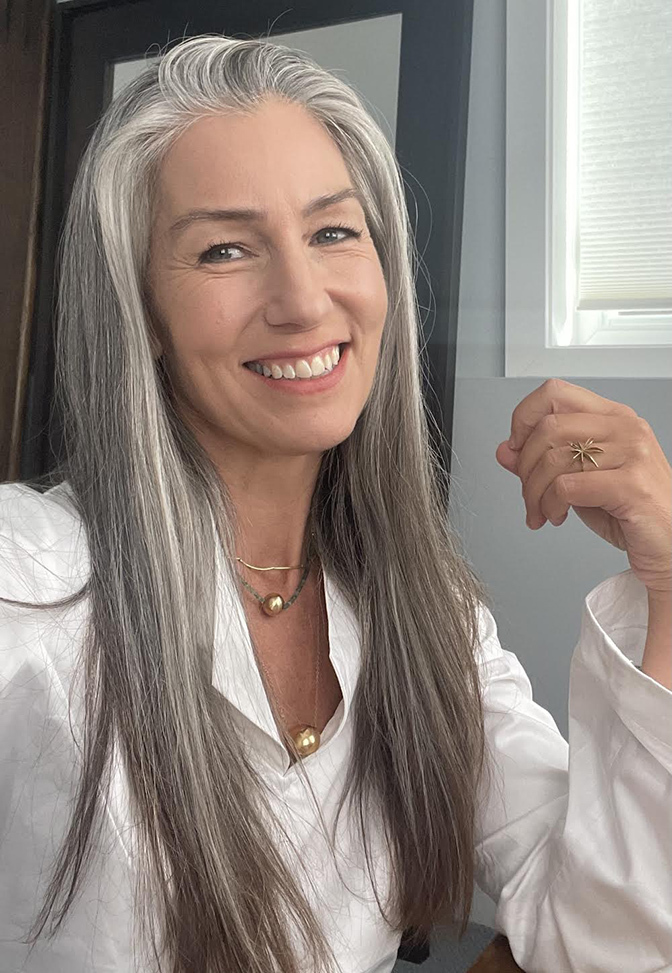
The science of going grey
So, what’s a woman to do?
Around the age of 40, most of us will start seeing grey hairs on our heads — and, yikes, our pubes. Grey hair occurs when melanin — the black/brown or yellow/red pigment that determines your natural color — decreases in our hair follicles (clevelandclinic.org).
This chic transition is unavoidable with time. In fact, growing grey may be a sign that you’re entering perimenopause, upon all of the other lovely clues our body gives us (hello, hot flashes.) Still, other factors like smoking, trauma, and stress, which affect the nerves in our sympathetic nervous system, and thus hair follicles, can contribute to melanin loss as well, says Dr. Ya-Chieh Hsu of Harvard University in News In Health.
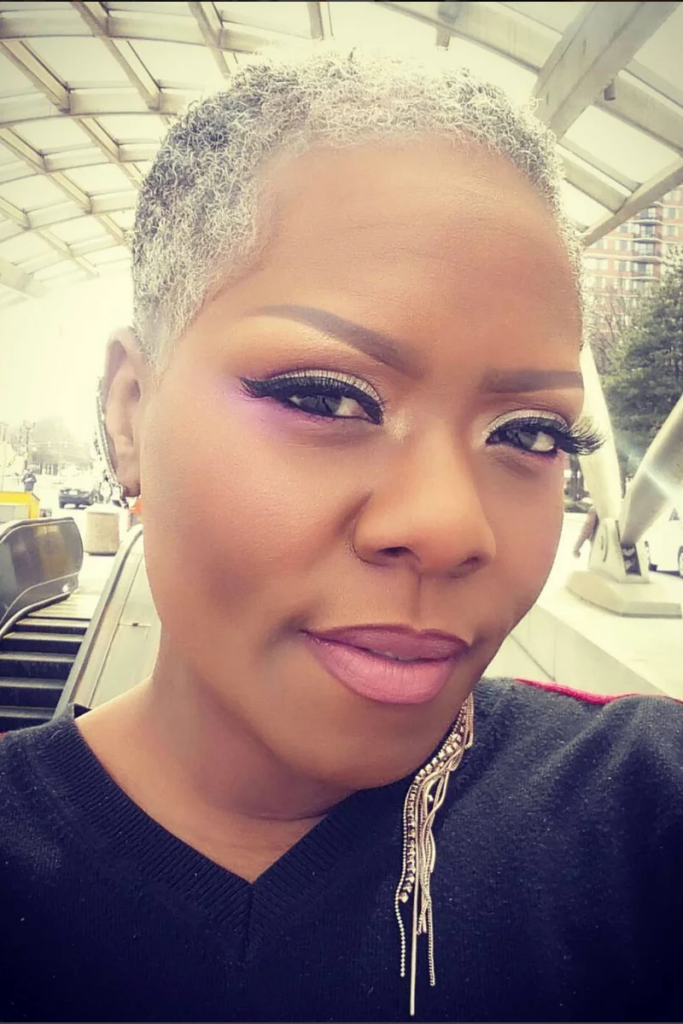
The art of going grey
Luckily, we have our fellow women and stylists to count on when we want this silver-foxiness to go down. According to their experience and expertise, you really have four options:
- Fresh start. Cut it off — cut it all off. Start fresh with not a care in the world (like Tonya’s look, above).
- Two-tone. This is more annoying than any ear-length bang and bobby-pin situation you’ve endured. It’s when you simply let your grey hair grow, while cutting your dyed ends. (If you’re a gal who’s never dyed her hair, then the gradual process of growing grey can be less drastic.)
- Blending color. Alison Lewis, Senior Colorist at Boss Hair Group in Chicago, says there are practical ways to go grey in the salon: “Your colorist can strategically place highlights and lowlights, following your unique pattern of grey to diffuse the previously-tinted hair and make your regrowth more manageable. … Every guest is unique. Sometimes it can be as simple as transitioning into a softer, more dimensional, semi-permanent color.”
- One and done. Coloring your hair to match your grey roots in one sesh is, well, major, adds Alison. “You’ll need a good amount of regrowth, at least 3 inches, to be able to see your natural grey pattern. We’ll apply a color-remover to your ends in hopes of gently removing some of the old tint. Then piece by piece, we will weave all the grey strands into foil with lightener, leaving out the pepper pieces to dye back dark.” This all-day appointment could set you back well over a couple grand and take 8–12 hours. Yikes.
Clearly, no one way is better than the other. It’s all about your preference, your time, and your budget.
Embrace the grey
When you do make the “transition,” what’s to be expected? A pink slip from your job? A hashtag for your efforts? The biggest surprise, all women I spoke with agree, is a newfound confidence and lots and lots of compliments.
“Many women support it and I actually feel sexier,” said Amy Madden Davis, a makeup artist. “Not really because of its look, but because there is a certain energy that goes along with going grey. There’s almost an edge — I feel I have untouchable confidence, life experience, wisdom, mystery and style.”
The longtime beauty guru added her expert styling advice: “Embracing the grey and running with it is the only way to make it work — it’s a mental commitment. The juxtaposition between ‘old grey’ and a ‘youthful’ element — such as a super glowing skin, a dark lip or big hoops — puts a twist on this look,” said Amy. “It changes the ideology of grey hair to not seem so old, but to be somewhat sexy and unapologetic.”
And there you have it, the last of what’s to be expected when you choose grey: A social statement, albeit it a good one, that while all eyes continue to watch and comment and try to rewind your life, when you wear a foxy silver crown, you answer to no one.

